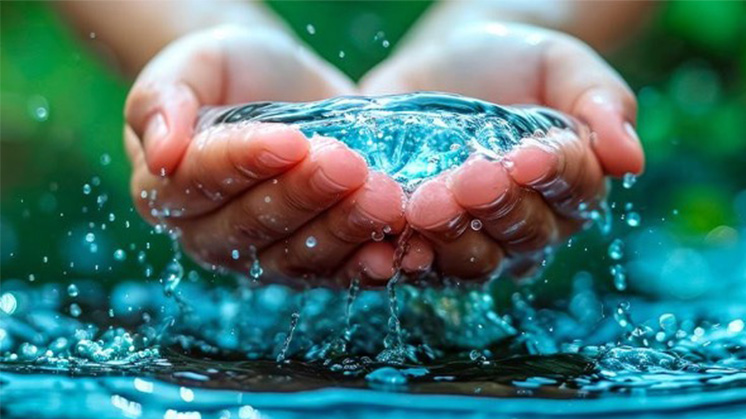ASEAN – Cambodia will mark the Khmer New Year (Choul Chnam Thmey, meaning “Entering New Year”) April 13-16 nationwide, according to the ancestral calendar. Celebratory events are expected to occur at public facilities, including places of worship, and have attracted thousands in previous years. During the celebrations, revelers typically engage in the indiscriminate throwing of water at each other and passersby. Customarily, people dress elegantly, offer incense, present flowers and gifts at temples for worship. Ritual washing of hands in the morning, chest in the afternoon, and feet in the evening signifies purification and luck. While Cambodia’s celebration of the Songkran water festival may not match Thailand’s exuberance, it remains a cherished custom. Sprinkling water symbolizes well-wishing and cleansing of past misfortunes. Children enthusiastically partake, dousing each other with buckets, water guns, and hoses. Some seek monk-led blessings through water for purification.
The New Year in Laos, known locally as Boun Pi Mai or Pi Mai, marks an annual traditional festival occurring in the heart of April. Similar to Choul Chnam Thmey in Cambodia, Boun Pi Mai in Laos symbolizes freshness, prosperity, happiness and purity in human life. Boun Pimay offers an opportunity to nurture and promote national arts. Boun Pi Mai takes place from 13 to 16 April, marking the beginning of the Gregorian calendar year with festivities and social gatherings. The custom of splashing water on Bun Pi May also has the characteristic that during these days, regardless of whether they are familiar or unfamiliar, regardless of their social status, all guests are equally welcomed and shown appreciation by the hosts through the pouring of “gourds” of water over them when visiting. Those who are splashed with water feel joyous, their clothes soaked, believing that they will encounter much luck in the year ahead, and also seeing it as evidence of being loved by many.
The Thingyan Festival (Water Festival) is one of the biggest festivals in Myanmar by the locals, with many activities to participate in. It is traditional to toss water on people or douse people in water on Myanmar New Year. There will even be water-spraying stations set up in the capital city of Yangon, and some will also pour water ceremonially on the ground after the sounding of official New Year’s cannons. The Thingyan Festival makes family members reunite and celebrate the new year. People spray each other with water soaked in Pattra leaves during the celebration to chase away any evil spirits and ill luck, as well as to express good wishes and expectations for the New Year.
Like its neighbor countries Laos, Myanmar and Cambodia, Thailand celebrates the start of the solar year which is called “Songkran” in Thai, also known as the “Water Festival”. The celebration takes place all over the country and the most beautiful is in the north part of Thailand in the city of Chiang Mai. Being celebrated for three consecutive days from 13 to 15 April, Songkran represents the coming of the New Year in Thailand. The New Year has the symbolic significance of welcoming a new year, eliminating disasters, and praying for blessings. The main activities are the pouring of scented water onto sacred Buddha images and the palms of one’s parents, as well as the famous water-splashing activity, which symbolizes cleansing, reverence and good fortune.
During the New Year holidays, the Intellectual Property Offices will be closed. Any intellectual property deadlines falling during the closure of the Intellectual Property Offices will automatically be extended until the next working day.
For further information, please do not hesitate to contact us at [email protected] and/or [email protected].





